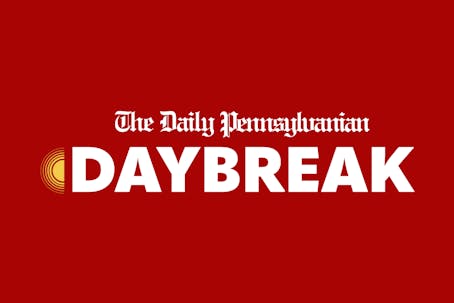What may seem too high-tech for most people -- virtual calendars, a virtual World Wide Web and Internet teleconferencing -- is all in a day's work for students in the Science and Technology Wing. STWing, one of the University's Living Learning programs, started seven years ago in King's Court in conjunction with a test run of ResNet's ethernet connection to the Internet. It now boasts more than 200 members living in King's Court and High Rise South. Wharton senior Faquiry Diaz, a resident advisor for STWing, said the program centers on attracting freshmen to do individualized research projects. "We receive funding from Residential Living and Penn's 21st century housing program, which we use to purchase programs for our project proposals," he said. "It's a lot of fun and the living environment very interesting. "There is actually a lot of diversity in terms of majors, and not everyone is an engineer," Diaz added. Although there is no formal structure to the STWing program, the group meets monthly and communicates through its Internet newsgroup, upenn.sci-tech-wing. STWing also coordinates projects of interest to its members. Some that are in the works now include testing a solar device to help run computers, and creating a computer network that would allow people to run huge, powerful research programs on their personal computers. For next semester, the group plans to host a forum on the Internet, bringing in guest speakers to discuss free speech and the Internet's future in light of new technology. Last year, several STWing members compiled a magazine in honor of ENIAC's 50th anniversary. The sent their final product to to computer companies and Vice President Al Gore, who spoke at a ceremony in February honoring the anniversary. "The magazine was really a look at information technology at Penn and how it has effected the STWing program," Diaz added. "It contained many articles on our projects and different uses of computers." And College and Engineering freshman John Kaplan is working on a STWing-funded teleconferencing project using computer cameras. "The project allows you to see the person you are talking to over the Internet," he said. "Originally it was to link STWing members in the High Rise South to those in King's Court, but we've used it to talk to people at other colleges." Wharton and Engineering sophomore Stuart Eichert is attempting to create a virtual World Wide Web using virtual reality software. "The STWing program really draws a lot more of your talents out than your computer abilities -- I do things I wouldn't have been able to do with straight computer engineering," he said. "I'm also working on a project to correlate my daily activities on my homepage so that people can pinpoint where I am if they need to find me." But for freshmen in the program who haven't worked on any projects yet, the STWing experience has still been valuable. Engineering freshman Mukta Agrawal is STWing's freshman representative and helps plan the group's activities and its annual trip. "I love the program -- it's a good way to meet people in my major and the Engineering School, since the majority of people at Penn are in the College," she said. "It's nice to have people on my floor to help with homework and it provides a good common starting point." Diaz agreed. "Many people like the program to benefit their own personal knowledge," he said. "It gives them a sense of how to apply theory learned in the classroom to the real world -- learning through doing."
The Daily Pennsylvanian is an independent, student-run newspaper. Please consider making a donation to support the coverage that shapes the University. Your generosity ensures a future of strong journalism at Penn.
DonatePlease note All comments are eligible for publication in The Daily Pennsylvanian.




